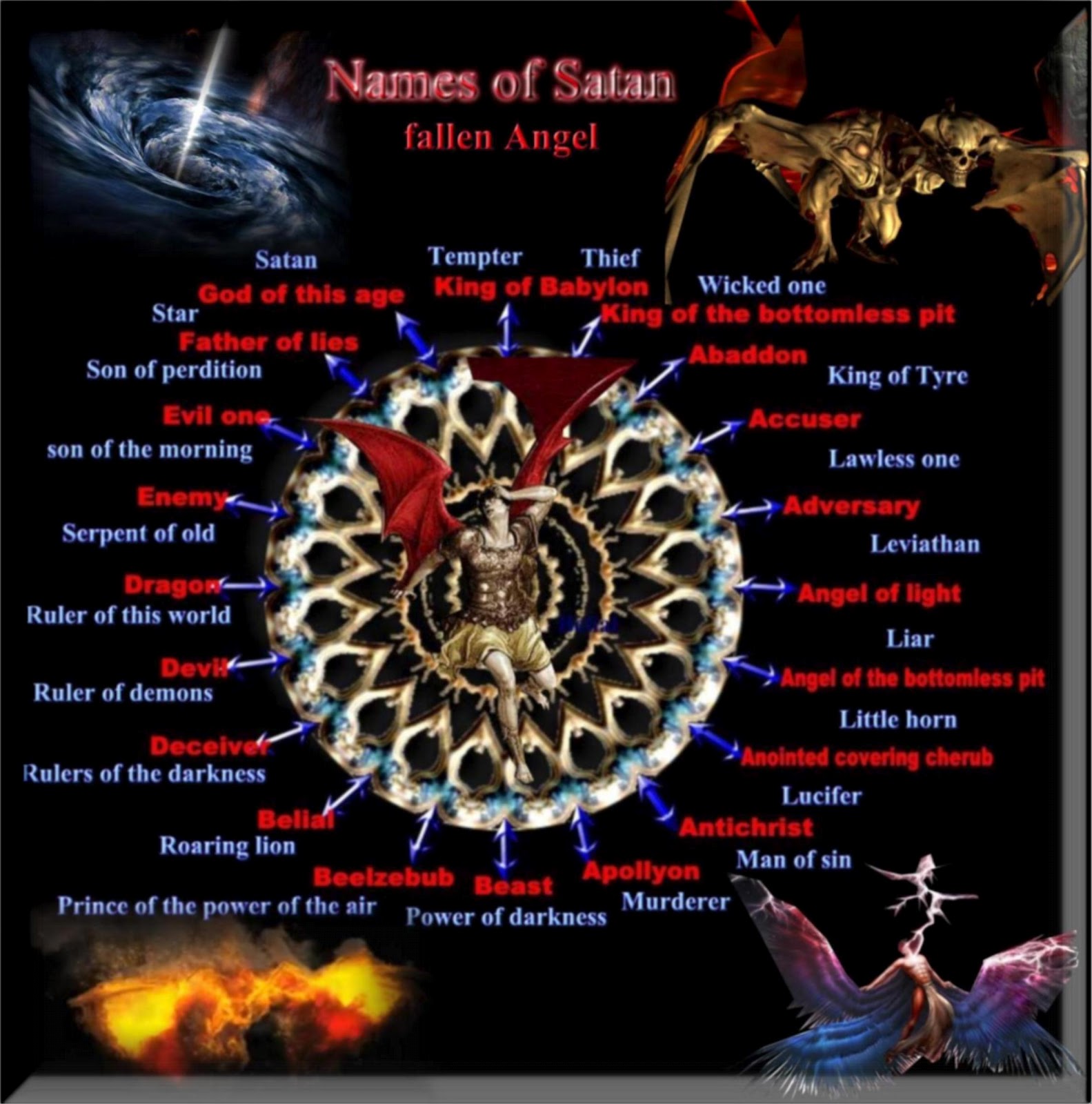

He is overpowering Satan and driving Satan from the field of battle. By casting out demons, Jesus is attacking Satan’s kingdom. Jesus offers his success as an exorcist as evidence that he is plundering the dominion of Satan. Jesus has come to destroy them, and destroy them he does. They shriek and throw their victims into convulsions. When the demons encounter Jesus, they recognize who he is and cry out in anguish. They are a prologue to Satan’s final defeat. Jesus’ exorcisms are battles between the kingdom of God and the kingdom of Satan. If there was a miracle, it was simply a miracle of healing. Modern readers may look at Mark 5:1-13 and see schizophrenia in Mark 9:17-27, they may see epilepsy. Mark often writes about healing and casting out demons side-by-side.Ĭasting out demons is like healing, but it is also something more. In Mark, then, demon possession is a kind of suffering and Jesus’ exorcisms are akin to healing. Mark draws us a picture that is not quite Linda Blair in 1973’s The Exorcist, but something similar. The legion of demons in the Gerasene demoniac gave him incredible strength which he used only to hurt and isolate himself.

Rather, the demon-posssessed in Mark’s gospel suffered symptoms ranging from insanity to muteness, combined with involuntary, irrational, uncontrollable, and self-destructive behavior.

Satan doesn’t have to whisper anything in the human ear. All these evils come from inside and defile a person.

For it is from within, out of a person’s heart, that evil thoughts come-sexual immorality, theft, murder, adultery, greed, malice, deceit, lewdness, envy, slander, arrogance and folly. What comes out of a person is what defiles them. People are quite capable of sinning without Satan’s help. In Mark’s gospel, the demon-possessed are not suffering from guilt, temptation, immoral behavior or simple misconduct. There were others, as well, who also cast out demons in Jesus’ name. He twice sent out his twelve core disciples with authority to cast out demons. He traveled through Galilee casting out demons. He cast out many impure spirits in Capernaum. Other are more general references to the fact that Jesus cast out demons in the course of his ministry. Some are longer narratives describing specific exoricisms or the encounters that led to them (e.g., the man in the synagogue in Capernaum, the man among the tombs in the region of the Gerasenes , the daughter of the Syro-Phoenician woman in Tyre, and the son of the man whom Jesus encountered after coming down from the Mount of Transfiguration ). I count at least nine distinct pericopae in Mark’s gospel related to Jesus casting out demons, or to others casting out demons at Jesus’ direction or in Jesus’ name. Nevertheless, Satan’s minions are everywhere. He tests or tempts Jesus in the wilderness and then disappears from the scene. Satan himself makes only one direct appearance in the gospel. In Mark’s gospel, Satan is the head of a demonic army that causes suffering for human beings and who attempts to prevent Jesus from accomplishing his mission to save the world.


 0 kommentar(er)
0 kommentar(er)
